Medical Services
Ocular Oncology (Eye Cancer)
World-class ocular oncology center for the diagnosis and treatment of eye cancer and eye tumors.
Medical Services
World-class ocular oncology center for the diagnosis and treatment of eye cancer and eye tumors.
Trusted Experience and Expertise
The Wills Eye Ocular Oncology Service is the largest eye cancer center in the United States and provides care for patients with common and rare cancers, many of which are serious life-threatening conditions.
Each year we treat approximately 500 patients with uveal melanoma, 120 patients with retinoblastoma, and numerous other intraocular, orbital, and conjunctival tumors from the United States and abroad.
The Wills Eye Ocular Oncology Service uses cutting-edge treatments and explores the newest eye cancer treatment techniques, including those used to deliver radiotherapy and chemotherapy to the eye with minimal side effects. The ocular oncology specialists are also working with radiation oncologists, pediatric oncologists, and neurosurgeons to improve therapies in eye cancer prevention and treatment.
Eyelid basal cell carcinoma is the most common cancer of the skin around the eye. Learn more.
Eyelid nevus can be congenital (since birth) or acquired. It is painless and can be pigmented or non-pigmented, flat or elevated. Learn more.
Eyelid papilloma is one of the most common eyelid tumors and usually occurs in middle-aged or elderly patients. Learn more.
Eyelid sebaceous carcinoma is usually detected as a painless eyelid lump in elderly patients. Learn more.

Conjunctival lymphoma is a form of eye cancer, but it is usually quite low-grade, and patients tend to do well with a slow course Learn more.
Conjunctival melanoma is a cancerous, life-threatening growth that typically occurs as a painless brown spot on the eye in midlife. Learn more
Conjunctival nevus is a benign, noncancerous growth and is the most common lesion that occurs on the surface of the eye. Learn more.
Conjunctival primary acquired melanosis (PAM) is a painless flat brown spot on the eye that might superficially look like a freckle. It changes very slowly over time. Learn more.
Conjunctival Squamous Cell Carcinoma is a cancer on the surface of the eye and is usually found in older Caucasian (white skinned) patients. Learn more.
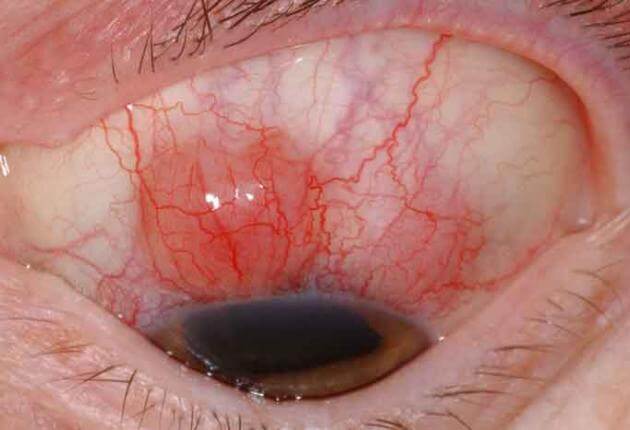
Conjunctival lymphoma
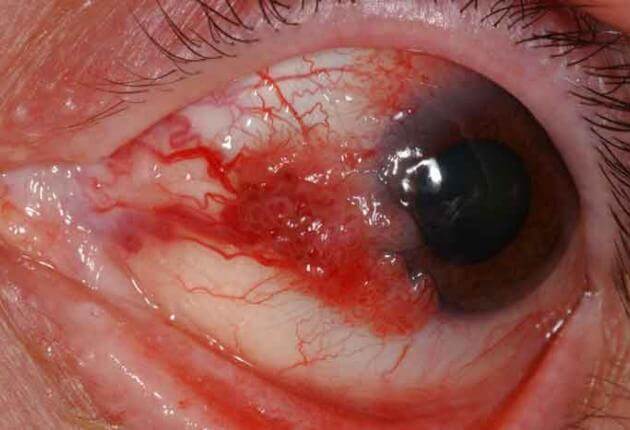
Conjunctival squameous cell carcinoma
Melanoma can occur in several regions of the eye including the iris, ciliary body, and choroid. These regions are collectively known as the uvea.
Conjunctival melanoma is a cancerous, life-threatening growth that typically occurs as a painless brown spot on the eye in midlife. Learn more
Uveal melanoma is the leading and primary eye cancer in adults and typically arises in mid-life in both men and women. Melanoma can strike with symptoms of blurred vision, flashing lights, floaters, and rarely pain. Many patients have no symptoms. It carries a risk for spread (metastasis) to the liver, lung, and skin, so lifelong systemic monitoring is advised. Learn more.
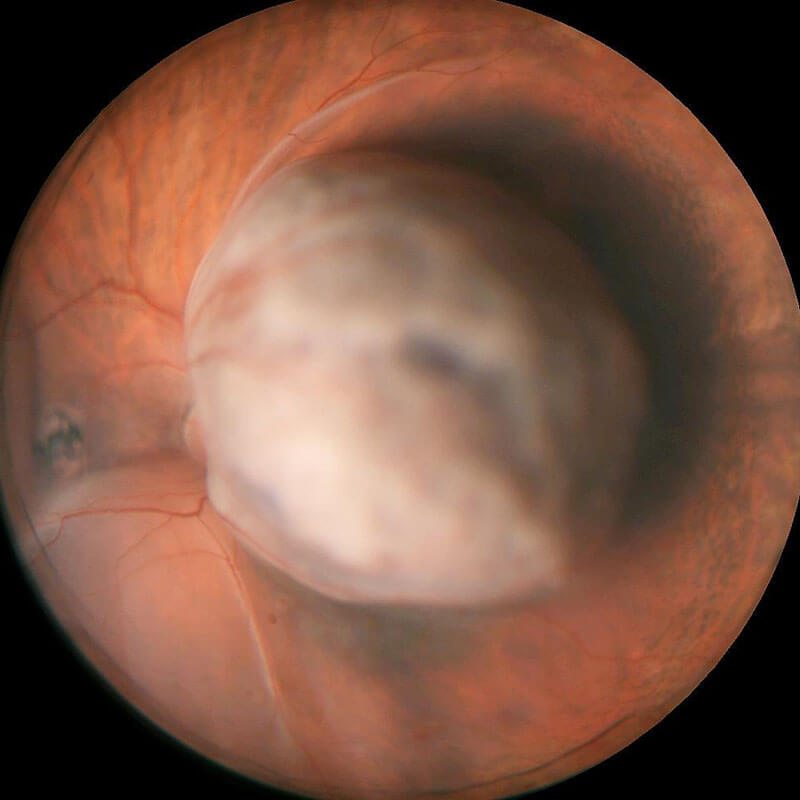
Retinoblastoma is the leading eye cancer in infants and children. Early diagnosis and treatment is important for preventing metastasis and death of the child and additionally preserving the eye and vision. This pediatric cancer can be inherited from an affected parent who has retinoblastoma so it is important to examine all newborns of parents with retinoblastoma.
Several treatments are used for management of retinoblastoma, including enucleation, chemotherapy, and radiotherapy.
Learn more.
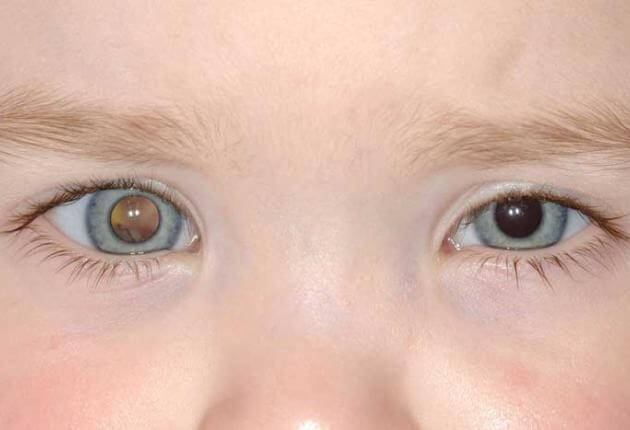
The Wills Eye Ocular Oncology Service, one of the largest in the world, serves an international patient population. The physicians and ocular oncologists are leaders in the diagnosis and treatment of ocular cancer.
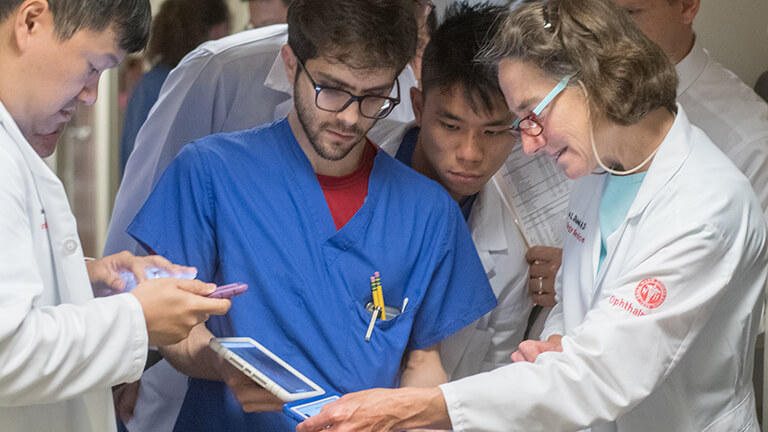
Online Appointment Request: Click here
840 Walnut Street, Suite 1440
Philadelphia, PA 19107
Monday through Friday, 6:30 a.m.-5 p.m.
CHIEF: Carol L. Shields, MD
